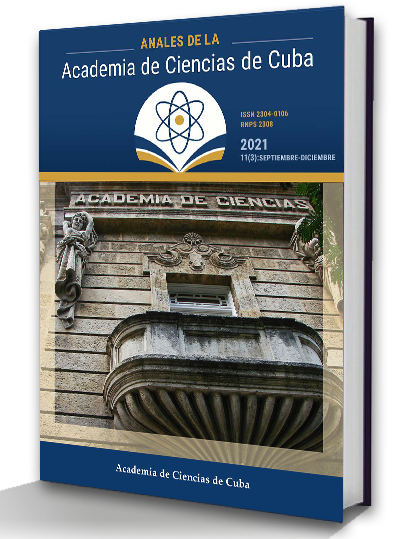Genetic diversity of Treponema pallidum in Cuba
Keywords:
Treponema pallidum, diversidad genética, recombinación genética, mutaciones, ADNAbstract
Introduction: Treponema pallidum is considered as a monomorphic bacterium with very few genomic differences among isolates and subspecies. The genetic diversity of this pathogen has not been explored in depth; however, this kind of studies potentially has a direct impact on the development of new diagnostic methods and vaccines. The objective of this work was to evaluate the genetic diversity of this pathogen in Cuba (2012-2019).Methods: Five exploratory studies were carried out based on molecular characterization, detection of one-off mutations and whole genome sequencing of T. pallidum.
Results: The high level of genetic diversity of T. pallidum in the Cuban context was demonstrated by the detection of 8 subtypes of T. pallidum subsp. pallidum (TPA), 7 genotypes of TPA, the identification of T. pallidum subsp. endemicum in patients diagnosed with venereal syphilis, one-off mutations conferring resistance to macrolides with a high frequency and intra- and inter-strain recombination events in TPA. These findings suggest, as a conclusion, a significant genetic diversity of T. pallidum in the Cuban context with an increased predominance of recombinant genotypes over time, which should be further studied given their potential involvement in the development of this disease.
Downloads
Downloads
Published
How to Cite
Issue
Section
License
The journal Anales de la Academia de Ciencias de Cuba protects copyright, and operates with a Creative Commons License 4.0 (Creative Commons Attribution-NonCommercial License 4.0). By publishing in it, authors allow themselves to copy, reproduce, distribute, publicly communicate their work and generate derivative works, as long as the original author is cited and acknowledged. They do not allow, however, the use of the original work for commercial or lucrative purposes.
The authors authorize the publication of their writings, retaining the authorship rights, and assigning and transferring to the magazine all the rights protected by the intellectual property laws that govern in Cuba, which imply editing to disseminate the work.
Authors may establish additional agreements for the non-exclusive distribution of the version of the work published in the journal (for example, placing it in an institutional repository or publishing it in a book), with recognition of having been first published in this journal.
To learn more, see https://creativecommons.org






